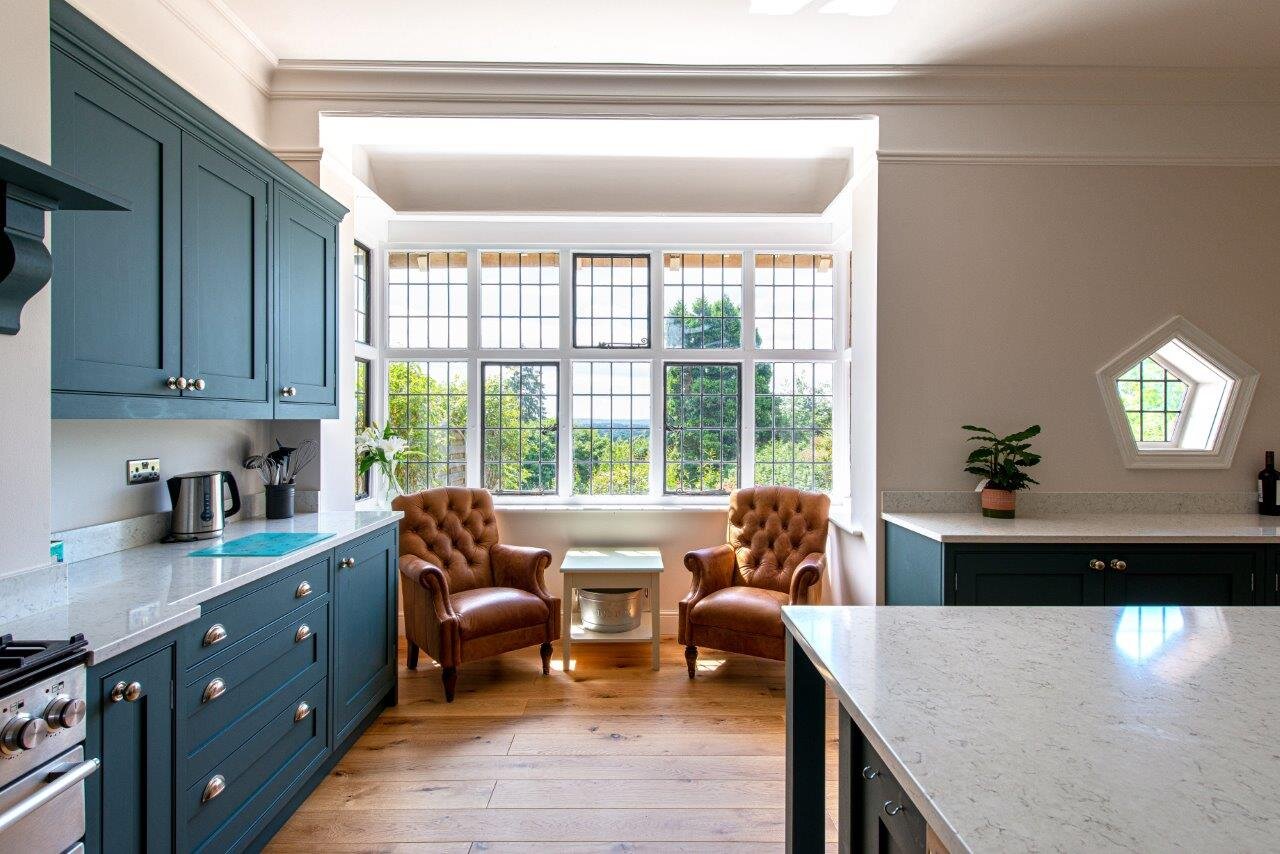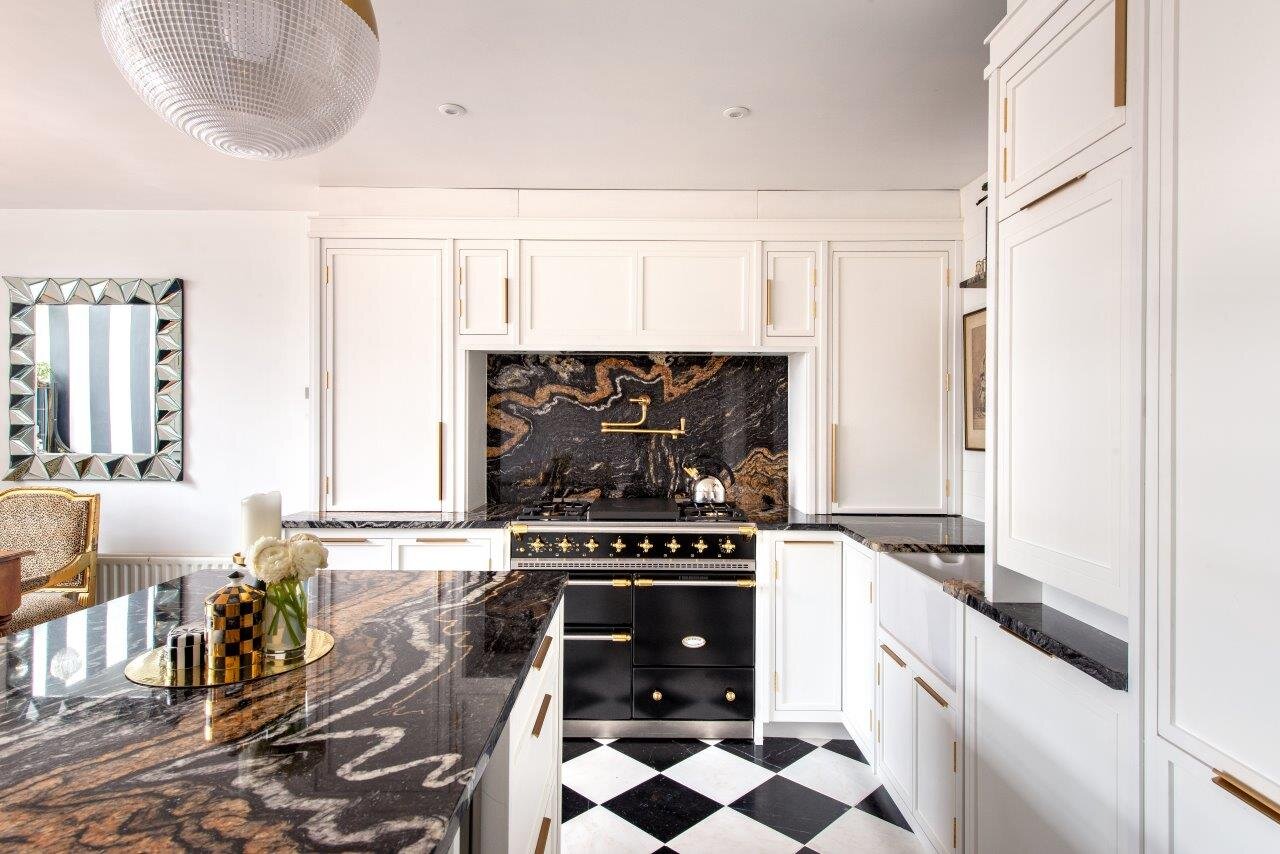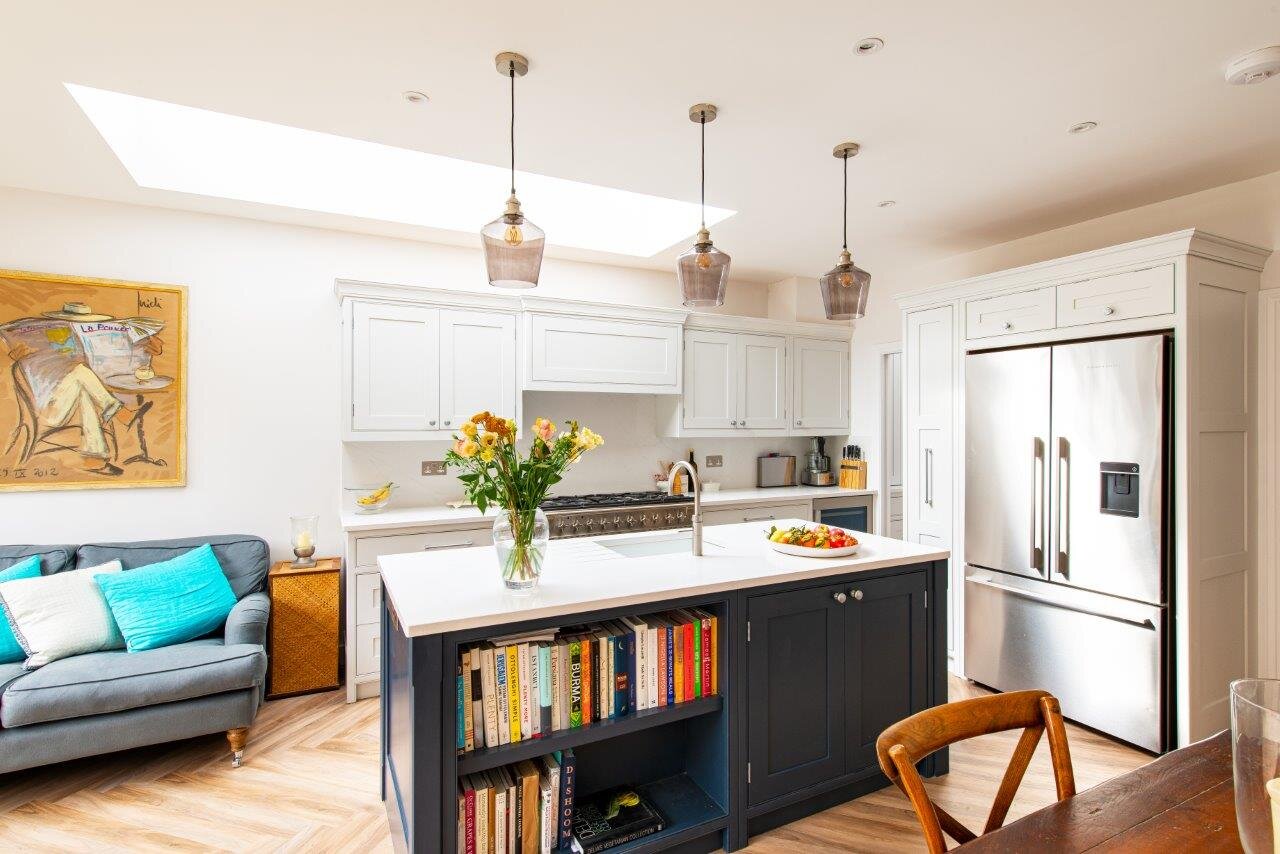Design Tips: 7 + 1 Tips On Planning & Designing Your Dream Kitchen
When starting your kitchen design process, gathering ideas and inspiration from the moment you decide on a new kitchen is always a good idea! Instagram and Pinterest are a great way to find and save inspiring images that will give you a better idea of how you imagine your kitchen to look and the styles that appeal to you. Don’t limit this to pictures of kitchens, keep an open mind! You can find inspiration in colours, shapes and all kinds of places.













